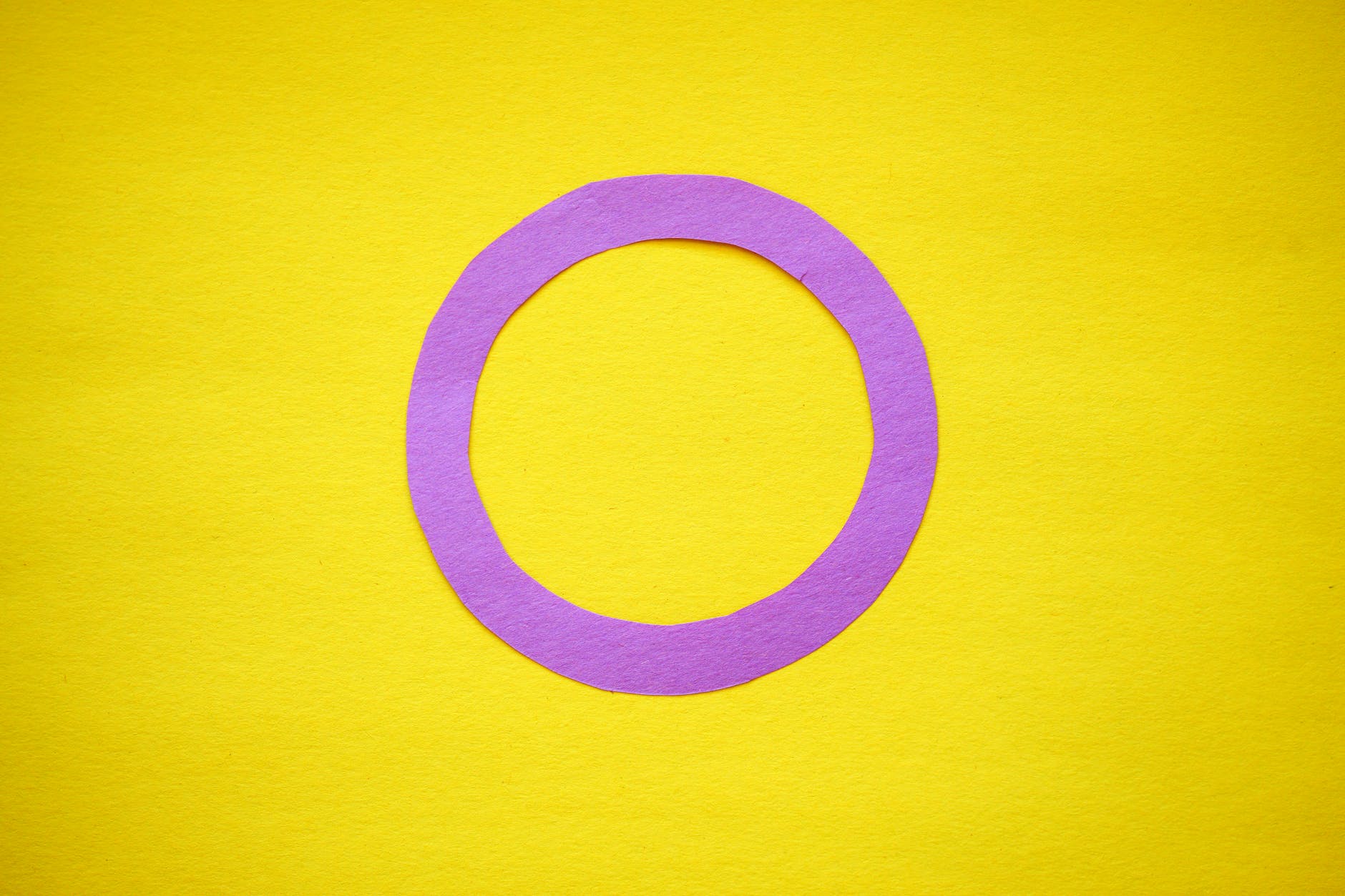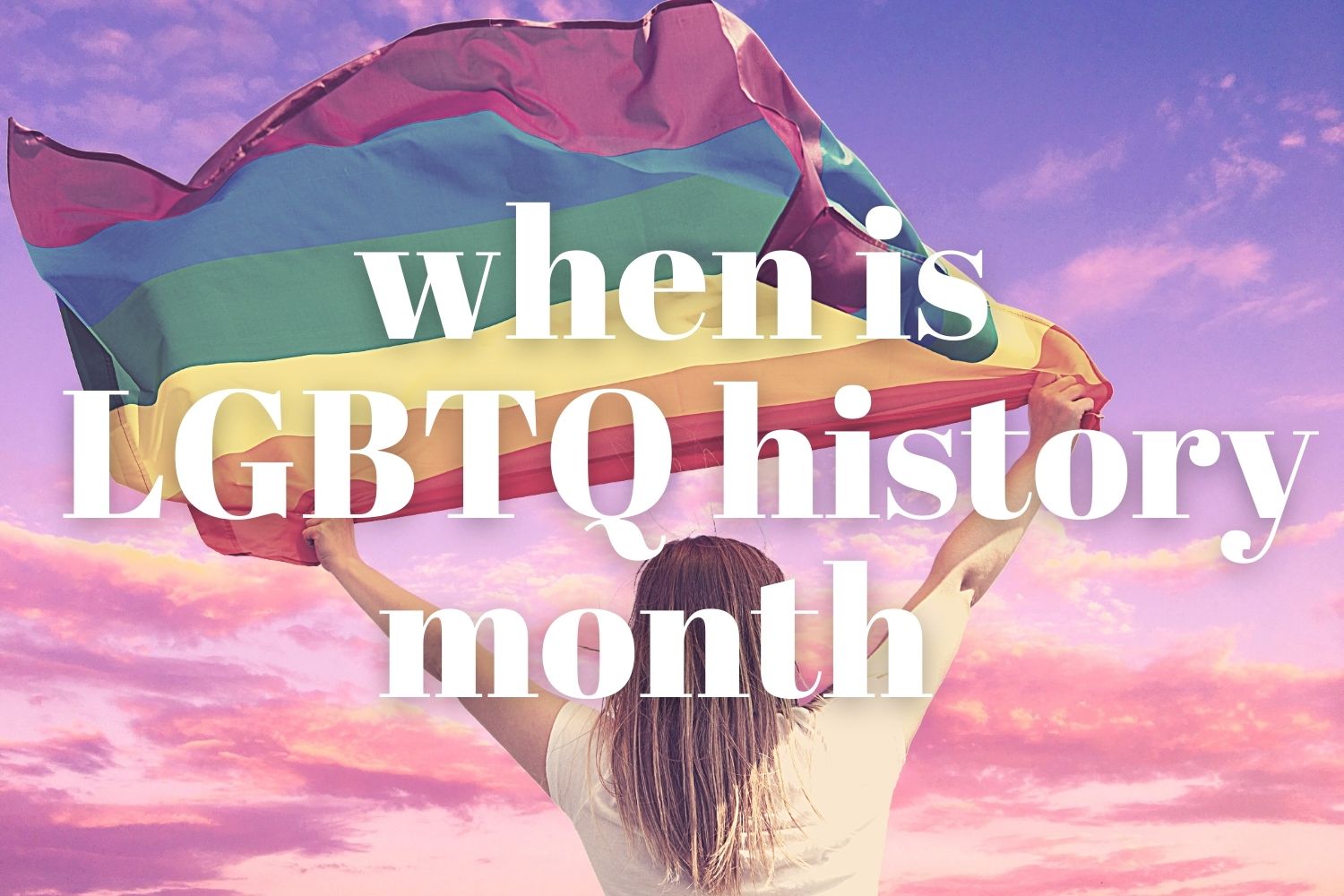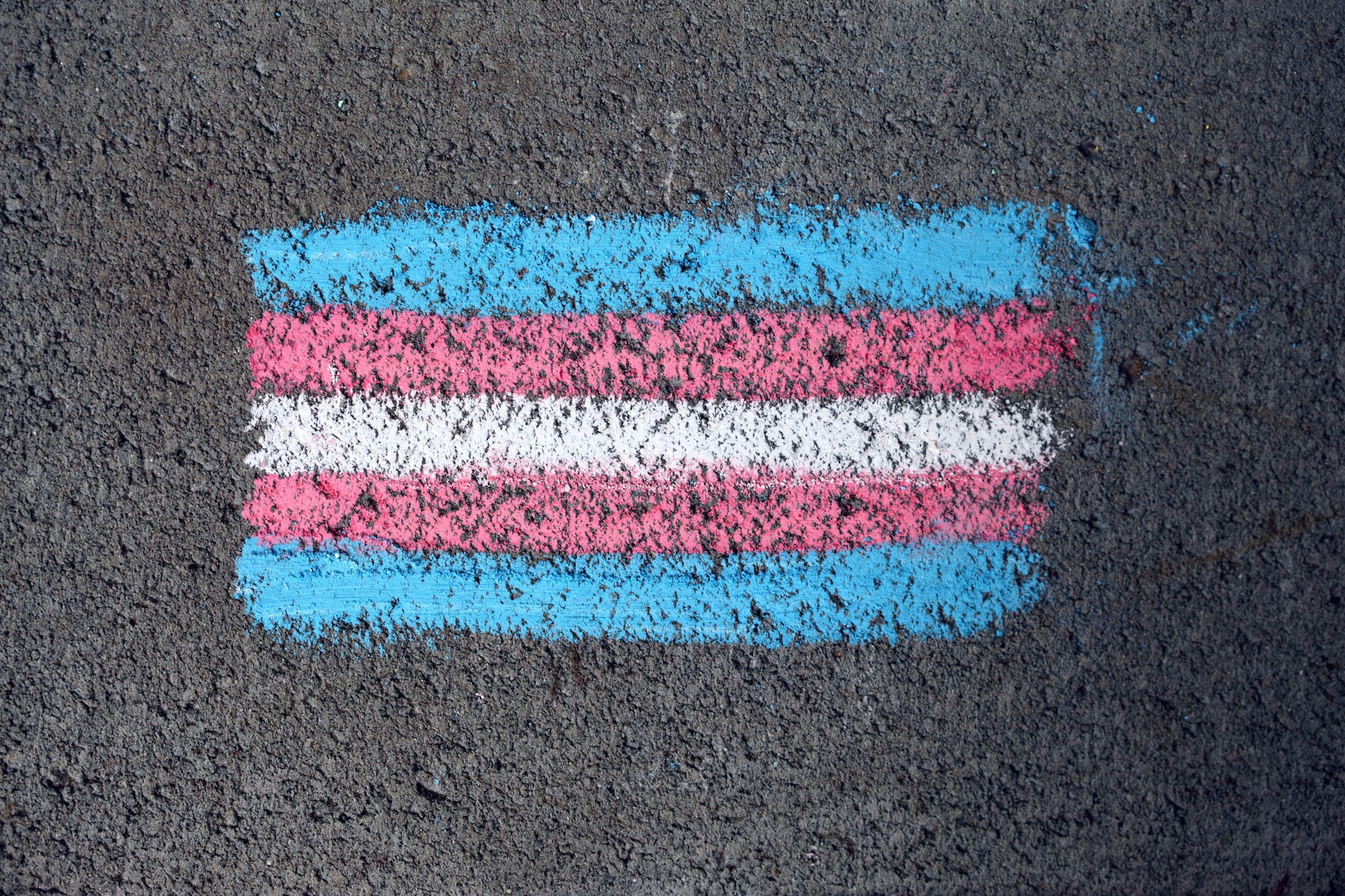Every year, Intersex Remembrance Day, which is also known as Intersex Solidarity Day strives to inform and educate people about intersex people, their human rights issues, and the discrimination they face in daily life, including the decision for many to “normalise” their own sex in their own time and if they want to. It takes place on the 8th of November, the same day as the birthday of Herculine Barbin, a French intersex person whose memoirs were later published by Michel Foucault.
Many find the decision to determine their own sex is taken away from them at birth when parents and doctors make the determination upon the discovery that they are intersex.
These surgeries can often lead to infertility, pain, and mental suffering.
Is Intersex Remembrance day the same as Intersex Awareness Day?
Essentially these two days are similar. Intersex Awareness Day takes place on the 26th of October and is mainly observed in English-speaking countries such as North America, Australia, the UK, and South Africa. Intersex Remembrance Day is mainly observed in Europe.

What is Intersex?
According to Intersexday.org, intersex people are “born with sex characteristics that don’t meet medical and social norms for female or male bodies”.
It is thought that up to 1.7 percent of babies are intersex. Some are born with obvious intersex traits, whilst in others, it is not apparent until they reach puberty. Some may never exhibit variations in their chromosomes.
What’s it like to be Intersex?
The first Intersex Remembrance Day
The first remembrance day seems to have begun on November 8, 2005, as Intersex Solidarity Day, following an invitation issued by Joëlle-Circé Laramée, then Canadian spokeswoman for Organisation Intersex International. The Organisation invited organisations and groups and individuals to show solidarity by marking: the life of Herculine Barbin, or discussing intersex genital mutilation.

















